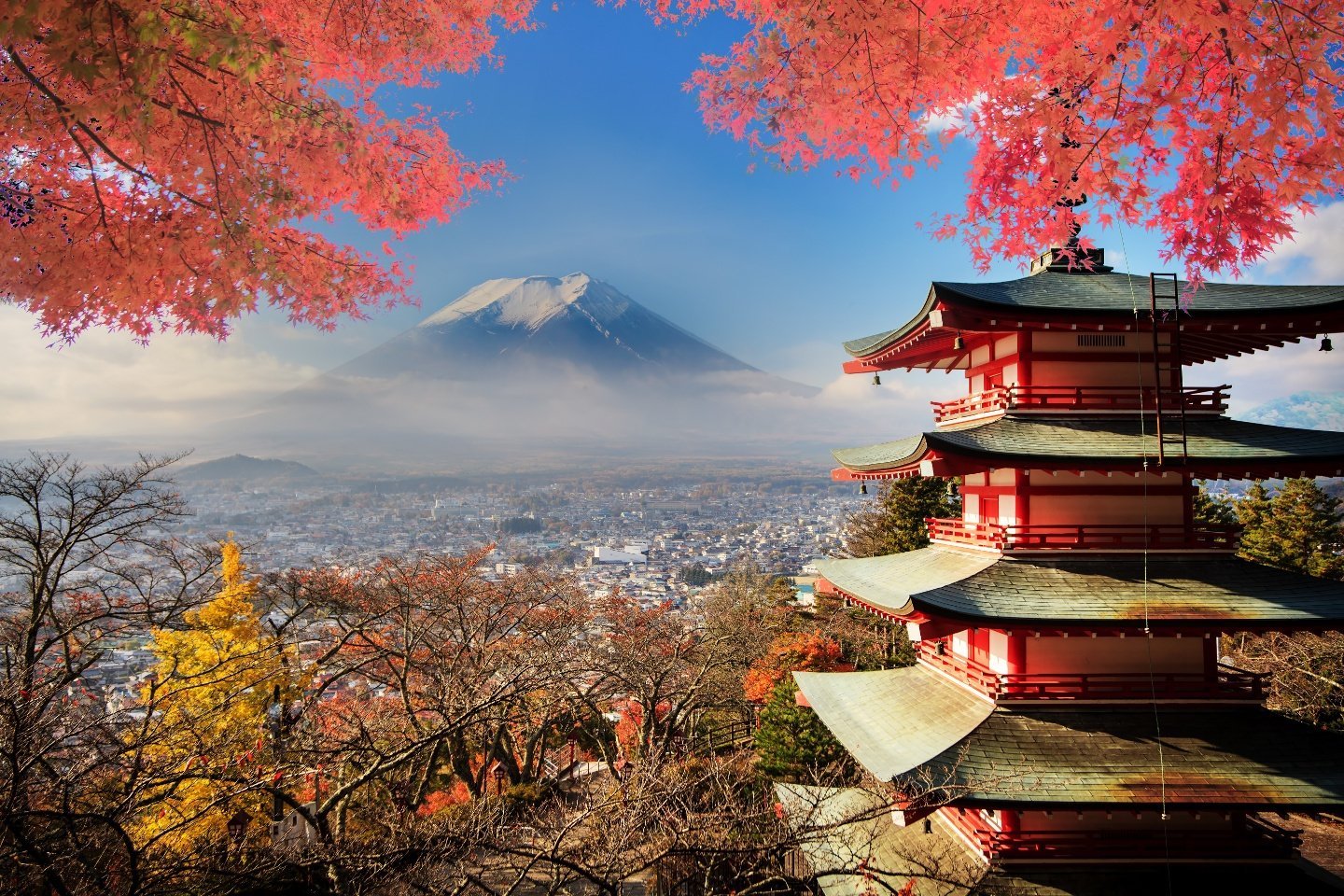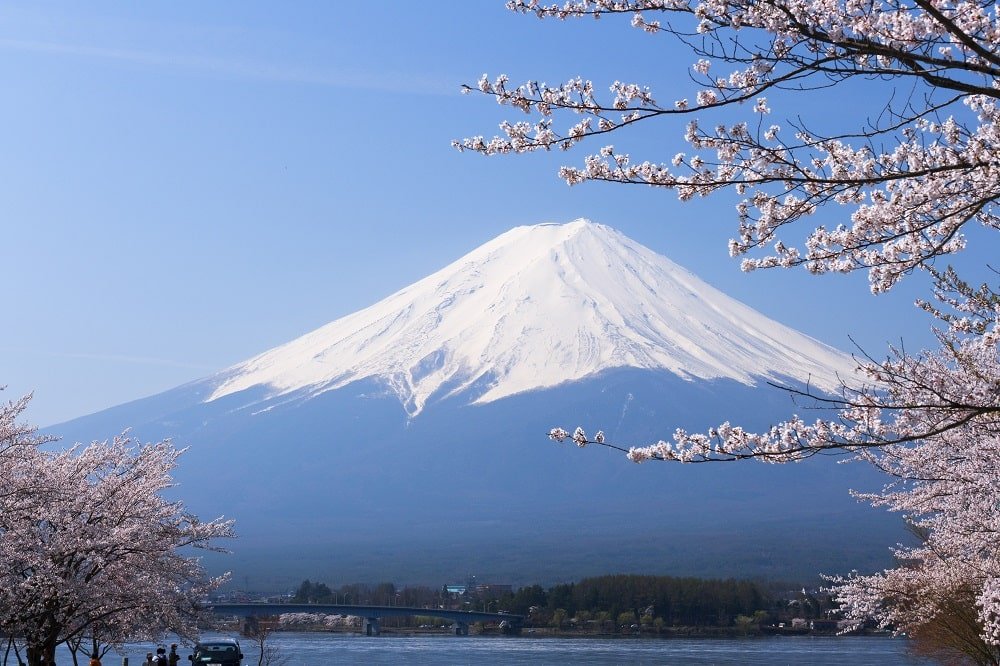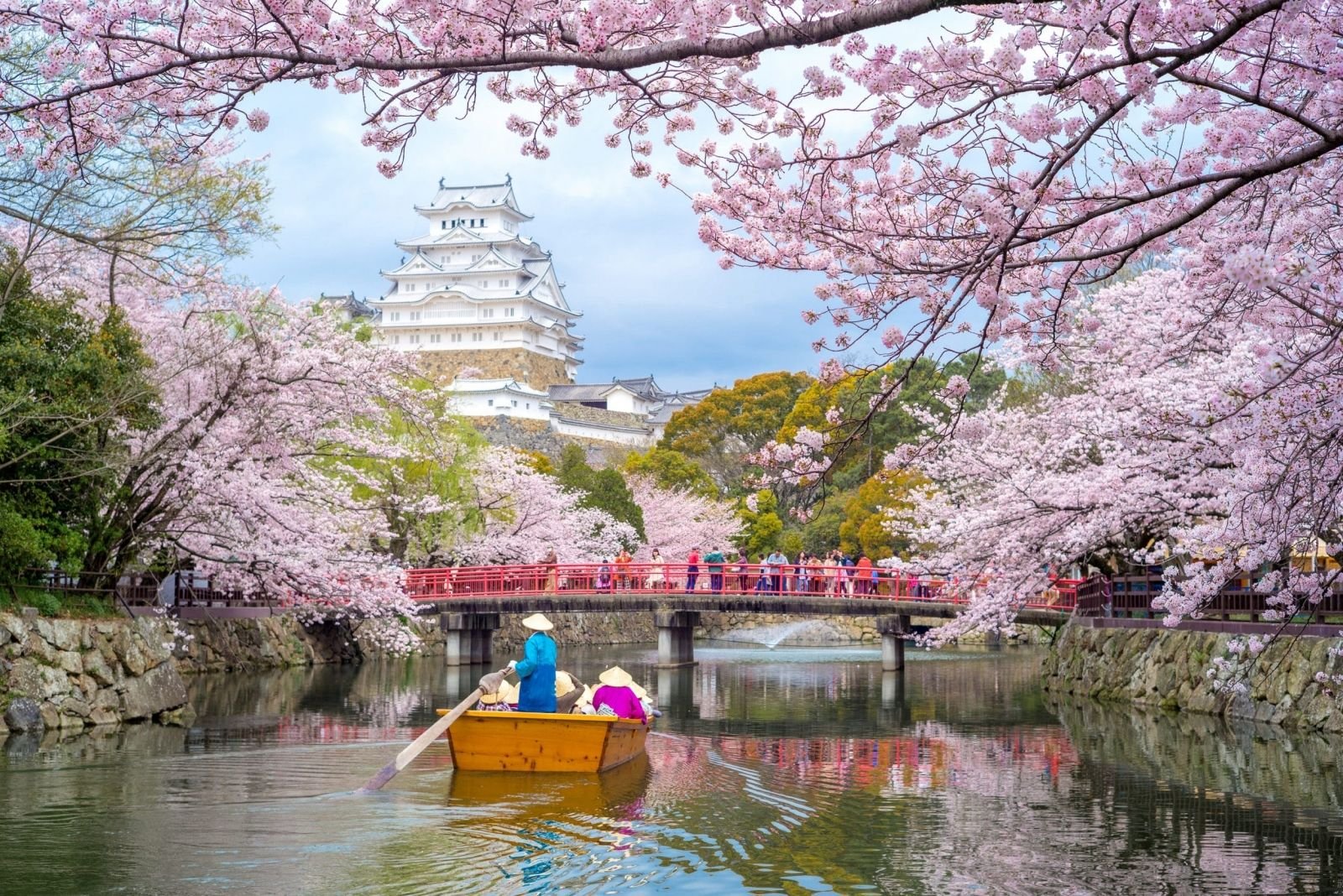Unlocking Japan’s Soul: A Deep Dive into Japanese Kanji. Welcome to the fascinating world of Japanese Kanji in Asia, a vital Japanese language and culture component.

Understanding Japan through Japanese Kanji
Stepping into Japan, you’d instantly immerse yourself in a sea of intricate symbols known as Kanji. These drawings are more than just whimsical. They represent a sophisticated, age-old linguistic system beyond spoken and written words. This system is called Kanji, and it holds great significance. These drawings are more than just whimsical. They represent a sophisticated, age-old linguistic system beyond spoken and written words. This system is called Kanji, and it holds great significance.
Importance of Japanese Kanji in Japan’s Culture
Kanji is more than just a part of the Japanese language; it is an integral aspect of Japan’s culture. From street signs and restaurant menus to classic literature and modern manga, Kanji permeates every corner of Japanese life.
-
Journey through Japanese Kanji
Just like Japan’s history, Kanji has its captivating backstory. Let’s venture into this narrative, shall we?
-
The Origin of Japanese Kanji
Kanji originally stems from Chinese characters, introduced to Japan through cultural exchanges more than a millennium ago. These characters, over time, evolved and adapted to fit the Japanese context uniquely.
Significance of Kanji in the Japanese Language
Kanji and Hiragana, and Katakana form the triumvirate of Japanese script systems. But why is Kanji so pivotal? Because it helps in distinguishing homonyms and understanding complex concepts concisely – things crucial in a language as context-dependent as Japanese.

-
Different Forms of Japanese Kanji
Kanji boasts myriad forms, each with its unique aesthetic and meaning. From simple characters representing natural elements to more complex ones illustrating abstract ideas, the diversity in Kanji is astounding.
-
Reading Japanese Kanji
After understanding it, let’s delve into how Kanji is read and written. Are you prepared for a quick lesson?
-
The Basic Structure of Kanji
Japan Kanji characters are constructed from a series of strokes following a specific order. Each character also contains one or more radicals (essential components), providing clues about its meaning or pronunciation.
-
Different Readings of Kanji
The reading of a Kanji depends on its context. There are two main types of it, which can be divided into the native Japanese reading (Kun’yomi) and the Sino-Japanese reading derived from Chinese (On’yomi).
-
Memorizing and Practicing Kanji
Learning Kanji might seem daunting, but with the right approach, it can become an exciting journey of discovery. Regular practice, associating characters with images, and learning in context are effective ways to master Kanji.
-
Japanese Kanji in Modern Context
From traditional scrolls to modern smartphone screens, Kanji remains an inseparable part of Japanese communication.
-
Kanji in Japanese Education
Japanese children start learning Kanji early in school, mastering around 2,000 characters by the end of their compulsory education. This pedagogical emphasis underscores Kanji’s importance in Japanese society.
Kanji in Japanese Art and Calligraphy
In art and calligraphy, Kanji characters transform into stunning visual expressions. Each stroke breathes life into an idea, crafting a beautiful amalgamation of aesthetics and semantics.
-
The Future of Kanji in the Digital Age
Even in the emojis and digital communication age, Kanji continues to thrive. Advanced technologies, like predictive typing and handwriting recognition, have made typing Kanji on digital devices a breeze.

Conclusion
Japanese Kanji is more than just a linguistic tool—it’s a cultural treasure, a window to Unlocking Japan’s Soul. By understanding Kanji, we not only unlock the complexities of the Japanese language but also gain a deeper appreciation for Japan’s rich cultural tapestry.
FAQs (Frequently Asked Questions) For Unlocking Japan’s Soul: A Deep Dive into Japanese Kanji
How many Kanji characters do Japanese humans usually understand?
By the give up on their obligatory education, Japanese humans usually understand around 2,000 Kanji characters.
Is it viable to examine Japanese without understanding Kanji?
While speaking in Japanese without understanding Kanji is viable, studying and writing could be challenging.
How is Kanji utilized in Japanese artwork and calligraphy?
Kanji characters are converted into stunning visible expressions in Japanese artwork and calligraphy, combining aesthetics with deep semantics.
What is the destiny of Kanji withinside the virtual age?
Kanji keeps flourishing withinside the virtual age, with technology like predictive typing and handwriting reputation facilitating its use on virtual platforms.
Rate UsRate Us








